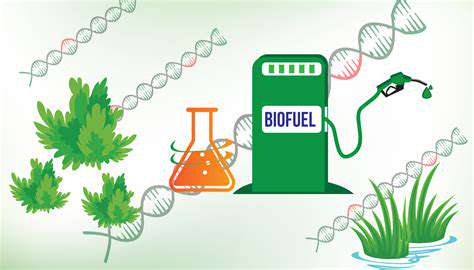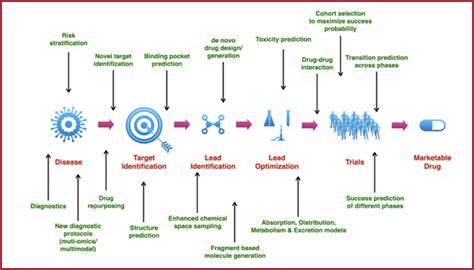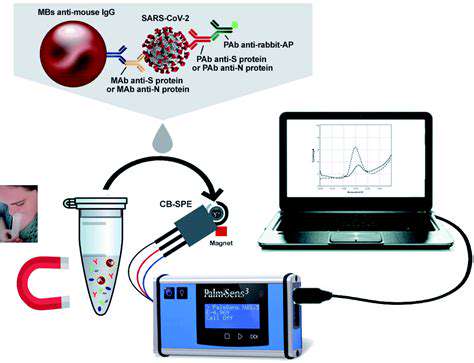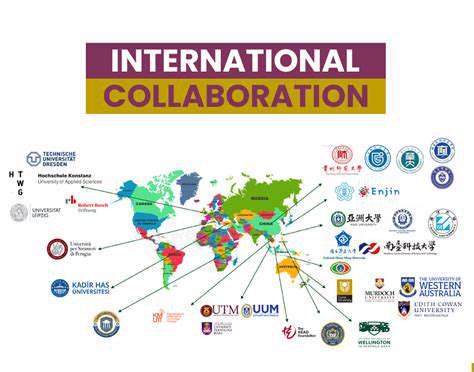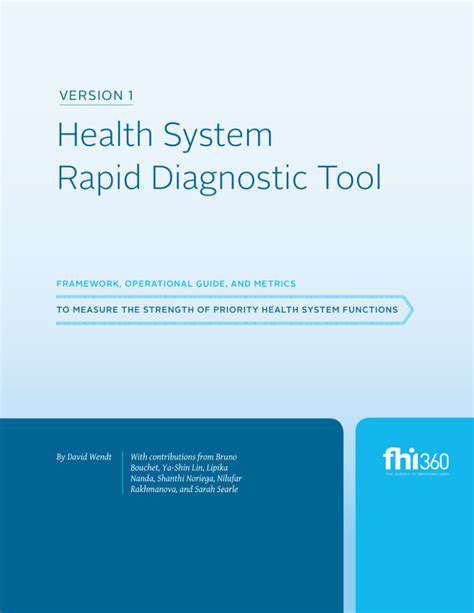CRISPR-Cas9 technology, a revolutionary gene-editing tool, has emerged as a powerful technique for manipulating DNA sequences in various organisms, including animals. Its precise and efficient nature has opened up unprecedented opportunities for studying gene function, developing disease models, and potentially creating novel therapies.
This technology harnesses a naturally occurring bacterial defense mechanism to target and modify specific DNA sequences with remarkable accuracy. Scientists can now easily introduce or remove specific genes, leading to a deeper understanding of the intricate workings of the genetic code.
Applications in Animal Models
One of the most significant applications of CRISPR-Cas9 technology is in the creation of animal models for human diseases. By precisely altering genes in animal models, researchers can study the disease mechanisms in a controlled environment, leading to a better understanding of the disease progression and potential therapeutic targets.
These models provide a valuable platform for testing potential treatments and for developing personalized medicine strategies. Researchers can more accurately predict the effects of therapies before clinical trials, significantly reducing the time and cost associated with drug development.
Disease Treatment and Prevention
Beyond modeling diseases, CRISPR-Cas9 holds immense promise for treating and preventing diseases in animals. This technology could potentially correct genetic defects responsible for various inherited disorders, offering a novel approach to treating conditions that currently lack effective cures.
For example, researchers are exploring the potential of CRISPR-Cas9 to modify cells within the body to target and eliminate cancer cells or to modify immune cells to enhance their ability to fight infections. This holds promise for treating a wide array of diseases.
Ethical Considerations and Future Directions
While CRISPR-Cas9 offers tremendous potential, significant ethical considerations need to be addressed. As with any powerful technology, careful consideration of the potential risks and benefits is essential, especially regarding the long-term effects of gene editing on populations and the environment.
The future of CRISPR-Cas9 in animal research is bright, with ongoing research exploring new applications in various fields, from agriculture to conservation. Further research and development are crucial to address ethical concerns and to maximize the positive impact of this powerful technology.
Improving Animal Welfare and Conservation
The potential of CRISPR-Cas9 extends beyond human health to animal welfare and conservation efforts. Researchers are exploring the use of this technology to address genetic defects in livestock, potentially improving animal health and productivity while reducing suffering.
Additionally, CRISPR-Cas9 could play a critical role in conservation by aiding in the preservation of endangered species. By modifying genes related to disease resistance or reproductive success, researchers might be able to bolster the genetic diversity and resilience of threatened populations.
In today's digital landscape, mobile devices are the primary way many people interact with the world online. A Mobile-first design approach prioritizes the mobile experience, ensuring a smooth and intuitive interface for users on smartphones and tablets. This approach isn't just about creating a smaller version of a desktop site; it's about building a site that is fundamentally optimized for the unique constraints and capabilities of mobile devices. This means considering factors like screen size, touch interactions, and data limitations when crafting the user experience. Designing with mobile in mind from the outset fosters a more efficient and user-friendly experience, which translates into improved engagement and ultimately, a better overall user journey.




